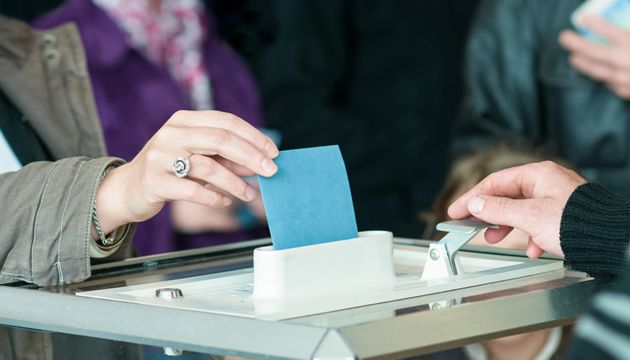
Political campaign consultants have been using public and voter data for decades. With Election Day approaching in the US on November 4th, political candidates and their campaign teams are becoming more sophisticated – if not more competitive – with their use of analytics and voter data as they seek to encourage the most desirable voters to come out to the polls and to identify potential voters who will support their candidates.
The battle for voters using big data and analytics has reached a new tipping point. Investor George Soros recently donated $2.5 million to the Democratic Party to improve their data analysis in the upcoming midterm elections.
Select from filters in the embedded Spotfire analysis below to compare trends in US Congressional approval ratings since the last midterm elections of 2010:
Candidates and political strategists are able to use a wealth of data about prospective voters – including how much they paid for their home to their likes and dislikes shared in social media channels – to tailor their campaign content to individual voters. They’re also able to use the same data about individual voters to predict which political party they’re most likely to vote for along with the likelihood that a person can be persuaded to shift their vote.
There’s a lot that data and analytics can inform candidates and campaign workers about voters. For instance, younger voters traditionally vote more liberally. Voters also tend to vote for candidates they share common characteristics with such as single mothers. Meanwhile, channel analysis can help campaigners to identify the most effective way to connect with would-be voters.
In some cases, data experimentation has proven to be extremely useful for political candidates. In 2012, the Obama campaign used data experimentation for its fundraising emails. They discovered – and later verified through testing – that when the campaign asked people with no donation history to donate a small amount of money such as $3 and sent them to a web page where the smallest default amount was $10, most people gave $10 instead of writing in $3. They also discovered that asking potential donors for odd amounts such as $59 or $137 was more effective than asking them for donations that were rounded to the nearest $5 or $10.
Next Steps:
- Try Spotfire and start discovering meaningful insights in your own data.
- Subscribe to our blog to stay up to date on the latest insights and trends in big data and big data analytics.





